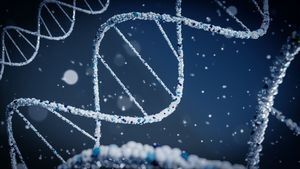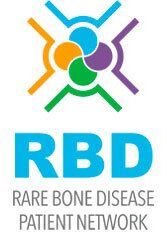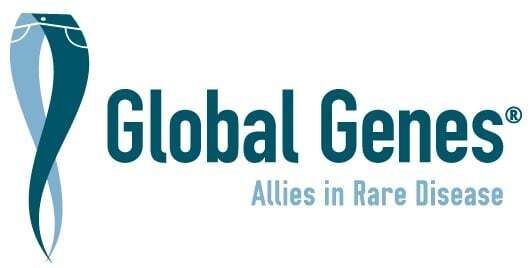
Decoding Genetics: Unveiling the Intricacies of Gene Variants and Their Impact on Health
Have you ever wondered about the tiny, intricate building blocks that make up who you are? The blueprint of life, known as DNA, holds the key to understanding everything from our appearance to our susceptibility to diseases. In this blog, we'll take you on a journey through the fascinating world of gene mutations – those subtle changes in our genetic code that can have profound effects on our health.
The Basics: What Is a Gene?
Before we delve into the realm of gene variants (also called mutations), let's start with the basics. Our bodies are composed of billions of cells, each with a nucleus containing DNA. This genetic code is made up of sequences of four chemical bases: adenine (A), thymine (T), cytosine (C), and guanine (G). These bases form a language that guides the creation of proteins – the building blocks of life.
Gene Mutations: The Culprits of Change
Variants might sound like a scary word, but in the world of genetics, it's a natural and ongoing process. During cell division, our DNA is copied, and mistakes occasionally occur. A gene variant is simply a change in the sequence of those chemical bases.
Three common types of gene variants include:
- Substitution: One base is replaced by another, potentially altering the protein created.
- Deletion: A base is skipped or omitted during the copying process, leading to a change in the protein's structure.
- Insertion: An extra base is added to the sequence, causing a shift in the protein's code.
Not All Variants Are Created Equal:
While variants are common, not all of them result in diseases. In fact, most variants have no noticeable effect. Our genetic code is so vast that a single change often goes unnoticed. However, when a mutation occurs in a gene that plays a crucial role in the body's functions, it can lead to various health conditions.
Germline vs. Somatic Variants:
Variants can occur at different stages of life and in different cell types. Germline variants are present in the egg or sperm and can be inherited from parents. These gene variants are found in every cell of an individual's body and can be passed on to their offspring.
On the other hand, somatic variants happen after conception and affect only a specific group of cells. They can lead to a phenomenon called mosaicism, where an individual has cells with different genetic makeups. Mosaicism plays a significant role in certain diseases, especially in vascular and lymphatic anomalies.
The Complex Relationship Between Genotype and Phenotype:
Your genotype is your genetic makeup, while your phenotype is the observable characteristics resulting from your genes. However, the relationship between these two isn't always straightforward. One gene variant can lead to different phenotypes, and conversely, the same phenotype can arise from various genetic variants.
Unlocking Medical Potential:
Understanding gene variants is not just about unraveling the mysteries of our biology – it also holds the key to personalized medicine. With advancements in genetics, we're learning to tailor treatments based on a person's unique genetic profile. This means that knowing your genetic diagnosis can guide doctors in selecting the most effective treatment for you.
Conclusion:
The world of genetics is a realm of endless complexity and discovery. Gene variants or mutation, those subtle changes in our DNA, shape who we are and can influence our health in profound ways. As science continues to unveil the secrets of our genes, we're entering an era where personalized medicine and targeted treatments offer hope for a healthier future.
So, the next time you hear about gene variants, remember that they are not just abstract concepts – they are the remarkable forces shaping our lives at the molecular level.
Want to learn more? Watch these videos:






